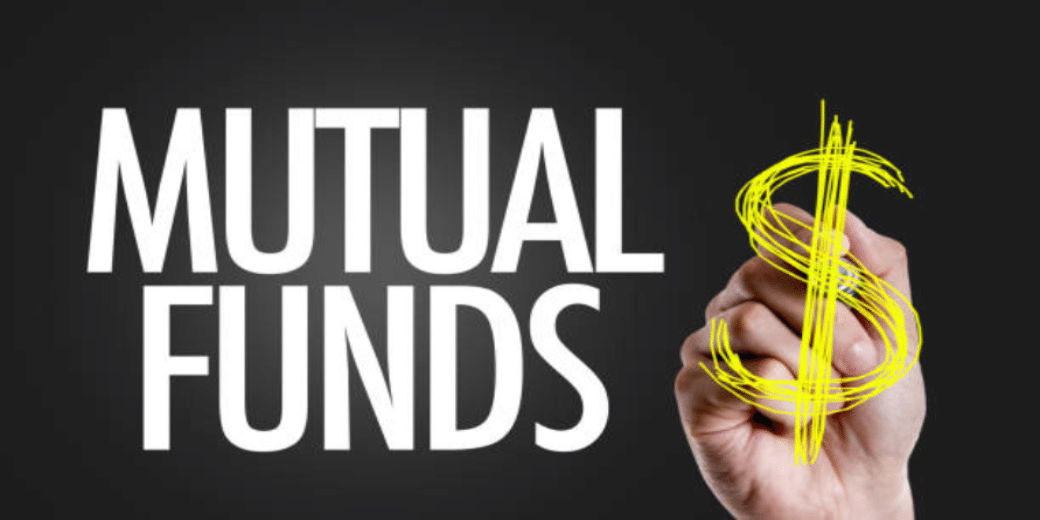Spread risks, strike balance between equity and debt funds
Hybrid mutual funds are good for investors who would like to maintain a balance between equity and debt in their investment portfolio
- Himali Patel
- Last Updated : May 6, 2024, 18:22 IST

It isn’t necessary that in order to achieve financial goals, an investor maintains an appetite for either high-risk or low-risk investments. It is very much possible that the investor would like to maintain a balance between equity and debt in their investment portfolio
In such situations, hybrid funds could be the right investment product for them. But before investing in them, you need to keep in mind a few important points. Here we will tell you 9 such important points.
What hybrid mutual funds are?
Hybrid funds aim to create a balanced portfolio, which can provide regular growth along with income to investors. The fund manager creates the portfolio keeping in mind the investment goal of the scheme, and invests in different portions in both equity and debt funds
Apart from this, the fund manager also buys or sells assets based on market fluctuations, which can benefit investors.
The risk and reward in a hybrid fund’s portfolio depends on the equity or debt portion in the portfolio.
Different types of hybrid funds
There are six types of hybrid mutual funds.
This includes Conservative Hybrid Fund, Balanced Hybrid Fund, Dynamic Asset Allocation, Multi-Asset Allocation Fund, Arbitrage Fund, and Equity Savings Fund.
Some hybrid funds may have a higher equity allocation ratio, while others may have a higher debt allocation ratio.
Risk factors
It would be wrong to assume that there is no risk in hybrid funds.
All products that invest in the equity market carry some inherent risk.
While the risk may be lower than pure equity funds, investors still need to be prudent, and rebalance their portfolio from time to time.
Impact on NAV
Performance of the securities affects the net asset value of the fund. Therefore, market fluctuations can impact the NAV.
Asset management companies may also avoid declaring dividends during market downturns.
Expense ratio
Hybrid funds can change the expense ratio for managing your portfolio from time to time.
Before investing, find out if the expense ratio, or cost, is lower than other comparable funds.
Because this can impact the returns that you receive as an investor.
Choose fund as per goals
Hybrid funds are a better option for investors with an investment goal of five years.
Generally, financial goals that require an investment horizon of more than 3 years can be achieved by investing in hybrid funds.
Hybrid funds can be used to achieve financial goals like buying a car or building a decent corpus for a child’s higher education.
Tax Benefits
Before understanding the tax benefit, investors should check the equity allocation and debt allocation portions of the fund.
Different hybrid funds offer different tax benefits. And this depends on the percentage of asset allocation to equity and debt in the scheme.
Dynamic Asset Allocation Funds
For investors who are afraid of a massive stock market fluctuations, and do not have the strength to stay invested in equity, schemes like Dynamic Asset Allocation Funds or DAAF are suitable.
These schemes increase or decrease the allocation to equity and debt based on market valuations.
These schemes are suitable for investors who do not want to keep a constant watch on the markets, and want to rebalance their portfolio allocation. For them, DAAF funds do this automatically.
Target Investors
Finally, it is also important to know which investors should invest in hybrid funds.
To achieve their financial goals, investors do not necessarily have to follow an overly aggressive or overly conservative investment strategy.
In such cases, they may want to maintain a balance in their investment portfolio. For such investors, investing in hybrid mutual funds could be a better option.
Download Money9 App for the latest updates on Personal Finance.
Related
- RBI ने लगातार दूसरी बार रेपो दर में कटौती की, कर्ज होंगे सस्ते
- Tata Motors की वैश्विक थोक बिक्री चौथी तिमाही में 3% घटकर 366177 इकाई
- सुरक्षा मानदंडों को पूरा करने की बढ़ती लागत की वजह से दाम बढ़ा रही हैं कार कंपनियां
- ओला इलेक्ट्रिक ने S1 Zen3 स्कूटर की आपूर्ति शुरू की
- बासमती चावल पर GI टैग पाने के लिए भिड़े भारत- पाकिस्तान, क्यों खास है यूरोपियन यूनियन की ये मुहर
- आ गया नया इनकम टैक्स बिल, जानें अब ओल्ड और न्यू रिजीम में कहां-कहां बचेगा पैसा

